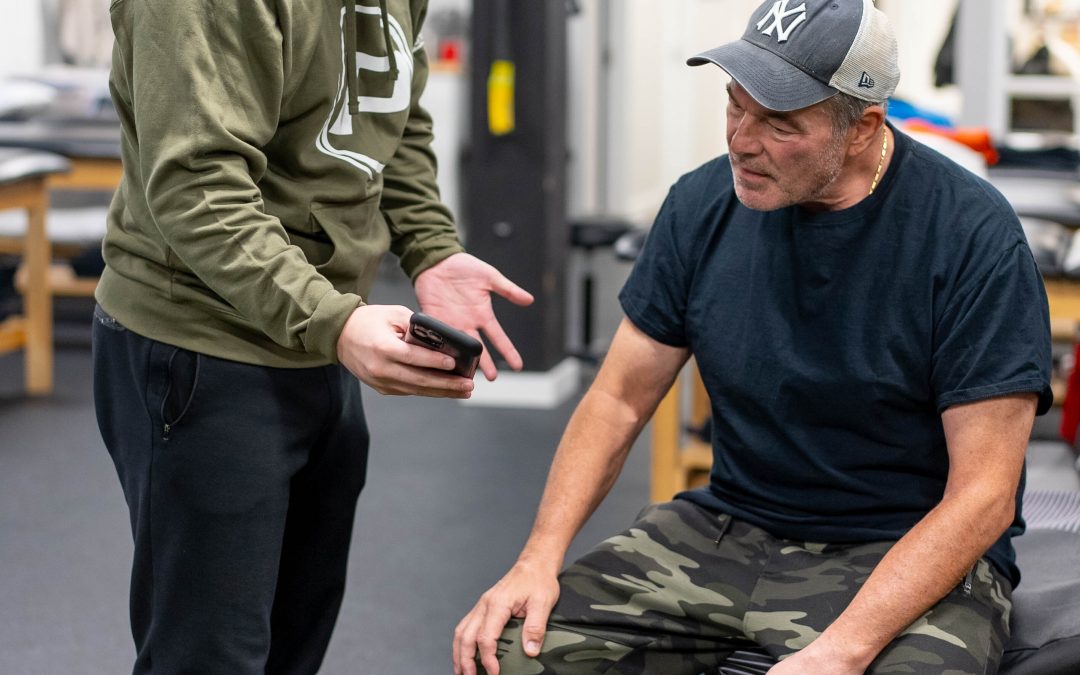According to the Association for Safe International Road Travel, a whopping 2.35 million people experience motor vehicle accidents. The type of injuries vary from open wounds to fractured bones, but one of the most common and non-visible injuries is whiplash.
Whiplash is a forceful, rapid back and forth movement of the neck.This can put your neck under extreme stress, leading to tears in your muscles, ligaments, and joints surrounding your spinal area. One of the most common diagnoses that arise from this whiplash injury is a herniated disc. This condition occurs when the soft center of a spinal disc pushes through a crack in the tougher exterior shell. The interesting part of this is that some herniated discs cause no symptoms. Others can irritate nearby nerves and result in pain, numbness, or weakness in the arms or legs. Not every disc needs intervention. When needed, treatment includes physical therapy, medication, and possible surgery when symptoms are severe.
What is the Nature of a Whiplash Injury?
Whiplash injuries are harder to detect since they cannot be seen under an x-ray. Instead, you need to undergo specialized imaging tests – be it CT scans or magnetic resonance imaging (MRI), to determine the extent of the damages around your muscles or ligaments.
Of course, there are also tell-tale signs of a whiplash injury, such as the following symptoms occurring a few days after the accident:
- Neck pain and stiffness;
- Headaches;
- Pain in the shoulder or between shoulder blades;
- Low back pain;
- Pain or numbers in the arm or hand;
- Dizziness;
- Difficulty concentrating;
- Forgetfulness;
- Irritability;
- Difficulty sleeping;
- Fatigue
Detecting the early signs is crucial if you want to treat the injuries as soon as possible to mitigate the condition from causing long-term pain.
Treating Whiplash Injuries with Physical Therapy
If your whiplash injury has disrupted your daily life, a physical therapist can help bring you back to speed and prevent the condition from worsening. This includes a series of therapeutic activities that focus on patient specific deficits, allowing you to get back to your daily lives safely and pain free. A big portion of this treatment plan is taking the stress from the spine and surrounding muscles and transmitting it to muscles that lack the strength and stability that we need most. Another big part of this is getting to the root of the dysfunction and taking into account the whole person infront of you, rather than treating “ an injured body part.” At ProMet Physical Therapy we know every person is unique with their own unique experiences and we ensure that each visit is rather an experience to improve all aspects of life.
Some of the exercises may include the following activities:
- Upper Trapezius Stretches
- Levator Scapulae Stretches
- Pectoralis Major Stretches
- Diaphragmatic Breathing
- Chin Tucks
- Thoracic mobility activities
- Scapular stability activities
- Vestibular Therapy
In conjunction with the therapeutic activities, skilled manual therapy techniques will benefit the patient to allow for improved soft tissue mobility, joint mechanics, and pain perception. Prior to starting sessions, there are options to use hot or cold therapy.
Moist heat is applied to the neck to allow muscles to relax and increase the blood flow in the area, speeding up the healing process by reeling in more oxygen and nutrients around the neck.
Ice, on the other hand, can also help soothe the pain by reducing the inflammation and muscle spasms around the neck. It’s up to your physical therapist to decide the best time you should switch between these passive treatments.
Treating Whiplash Injuries at Home
START YOUR JOURNEY ON TELEHEALTH
Your body can begin to heal after two weeks of consecutive physical therapy. SURGERY SHOULD NOT BE YOUR FIRST OPTION. At-home physical meetings make it possible to stay on track of your treatment plan with the immediate aid of your physiotherapist, allowing you to improve your range of motion/strength and recover without experiencing any geographical restrictions.
While there is no set timeframe for the full recovery, you can expect to steadily get back to your daily routine within three months.
If you’re looking to stay active and healthy from the comfort of your home, get in touch with us! We offer Physical therapy in Glendale, NY / Physical Therapy in Kew Gardens, NY and Physical Therapy in Manhasset, NY Long Island that can treat a multitude of injuries, so contact our Patient Care Coordinator to start your journey, today!




